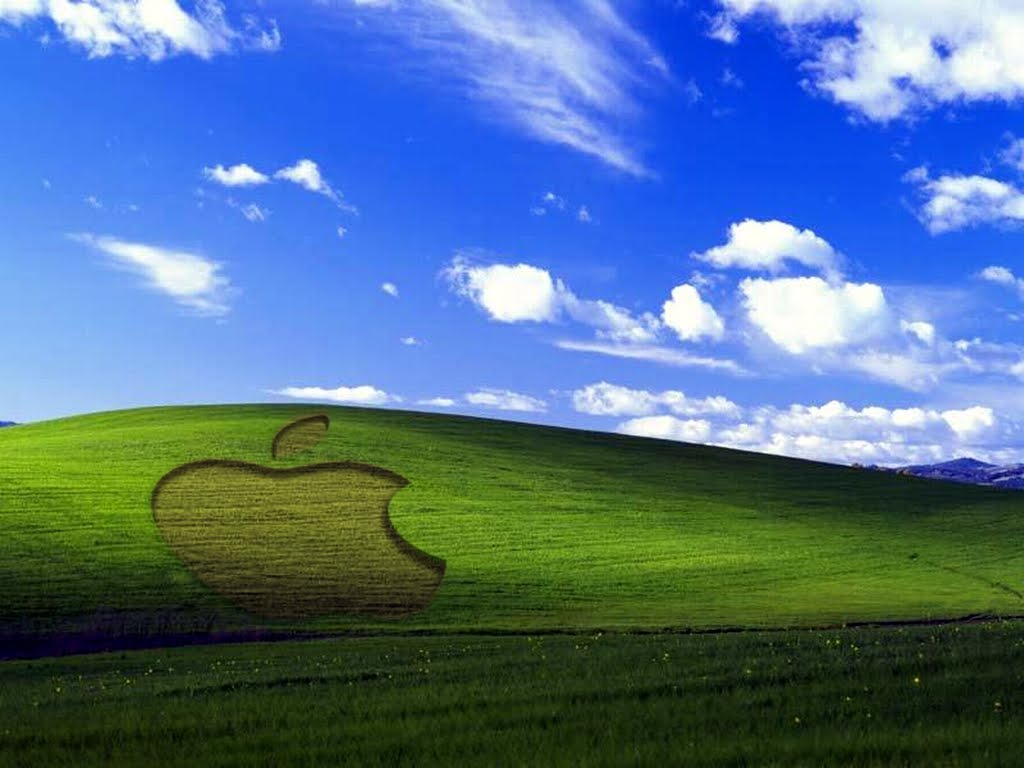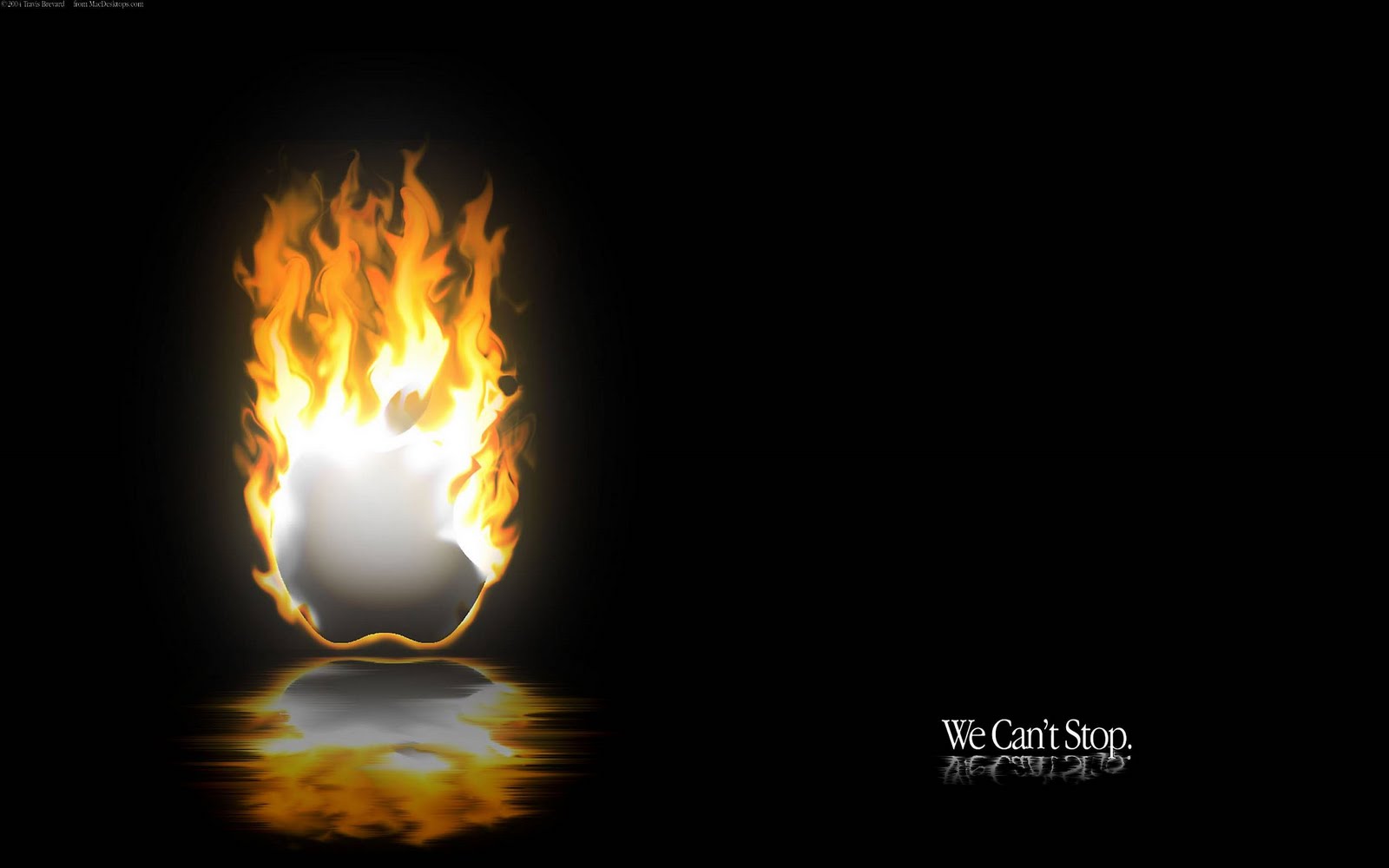
Hallowe’en seems to have grown around the ancient Gaelic festival of Samhain, marking the end of the light half of the year and the beginning of the dark half. All Hallows' Eve, has over the years moved from the Celtic Festival of Samhain to trick-or-treat. Samhain was the time of the final harvest of the beasts of the field, and the crops, in preparation of winter provisions, the eve of Winter's first day, and the beginning of the next Wheel of the Year.
Samhain was in part a sort of harvest festival, when the last crops were gathered in for the winter, and livestock killed and stored. But the pagan Celts also believed it was a time when the walls between our world and the next became thin and porous, allowing spirits to pass through. The practice of wearing spooky costumes may have its roots in that belief: dressing up as a ghost to scare off other ghosts seems to have been the idea.

To the Celts Samhain marked one of the two great doorways of the Pagan Year, the other being Beltane on May 1. They held a 'dumb' or 'silent' supper in remembrance of those who passed over, placing a setting of food and drink for them at the family dinner table, or just simple cakes and wine.
 Celtic sites in Ireland
Celtic sites in IrelandIn medieval Ireland, Samhain became the principal festival, celebrated with a great assembly at the royal court in Tara, lasting for three days. After being ritually started on the Hill of Tlachtga, a bonfire was set alight on the Hill of Tara, which served as a beacon, signalling to people gathered atop hills all across Ireland to light their ritual bonfires. The custom has survived to some extent, and recent years have seen resurgence in participation in the festival.
 Hill of Tara
Hill of TaraThe name Hallowe’en is a shortening of All Hallows’ Even, or All Hallows’ Evening. All Hallows is an old term for All Saints’ Day (Hallow, from the Old English “halig”, or holy, compared with Saint, from the Latin “Sanctus”, also meaning holy, or consecrated). In the original Old English, it was known as Eallra Hālgena aefen. This comes from a Christian move by Popes Gregory III and Gregory IV to end the pagan Samhain festivals, by moving the feast of All Saints from May to 1 November.
There is a long tradition of the Christian Church taking other’s iconography and calling it their own! They even took the History of the Jewish People and called it the Old Testament. They took over the Basilicas of the Cult of Mithras which, like Christianity, had at its centre redemption through blood sacrifice. When they took over the Roman Basilicas after Constantine the Great made it the state religion of the Roman Empire they replaced the statues of Jupiter with those of Christos (The anointed one – a title used by the Pharaohs of Egypt as in Ptolemy VI Eucharistos on the Rosetta Stone) and changed the inscription from “J.O.M.” (Jovis Omnia Maximus) to “D.O.M.” (Deo Omnia Maximus). They even kept the gold disc behind Jupiter which represented his position as the Sun God (Helios) and depicted their images with the “Halo” as a sign of sanctity. So the Nazarenes have some form in this area, indeed after celebrating the birth of Jesus of Nazareth in early summer for the first 400 years or so they then purloined the Roman Feast of Saturnalia on the 25th December near to the Winter solstice which was associated with feasting and merriment. Clement of Alexandria (d. 215 AD) recorded that some Christians of the time placed his birth date in April (see Stromata I:21). Hippolytus (d. 236 AD) may have believed that Jesus was born on April 2nd.
 Halloween in Ireland
Halloween in Ireland The celebration of Halloween survived most strongly in Ireland. It was an end of summer festival, and was often celebrated in each community with a bonfire to ward off the evil spirits. Children would go from door to door in disguise as creatures from the underworld to collect treats, mainly fruit, nuts and the like for the festivities. These were used for playing traditional games like eating an apple on a string or bobbing for apples and other gifts in a basin of water, without using your hands. Salt might be sprinkled on the visiting children to ward off evil spirits. Carving turnips as ghoulish faces to hold candles became a popular part of the festival, which has been adapted to carving pumpkins in America.

The classic Hallowe’en jack-o’-lantern, a carved grinning pumpkin, is both a new and an ancient practice. Originally, it seems to have come from an old Irish legend of a man called Stingy Jack, a miserly farmer who played a trick on the devil and as punishment was cursed to wander the earth, lighting his way with a candle inside a hollowed-out turnip. When the tradition moved to America pumpkins were used instead of turnips, as they were both more available and easier to carve.
So this Halloween, as we Trick and Treat, let us acknowledge the contribution of the Pagans of Ireland to popular culture not to mention 100s of terrible Halloween B Movies!! Watch out for the Ghosties and Ghoulies and ‘tings which go bump in the night!
































































